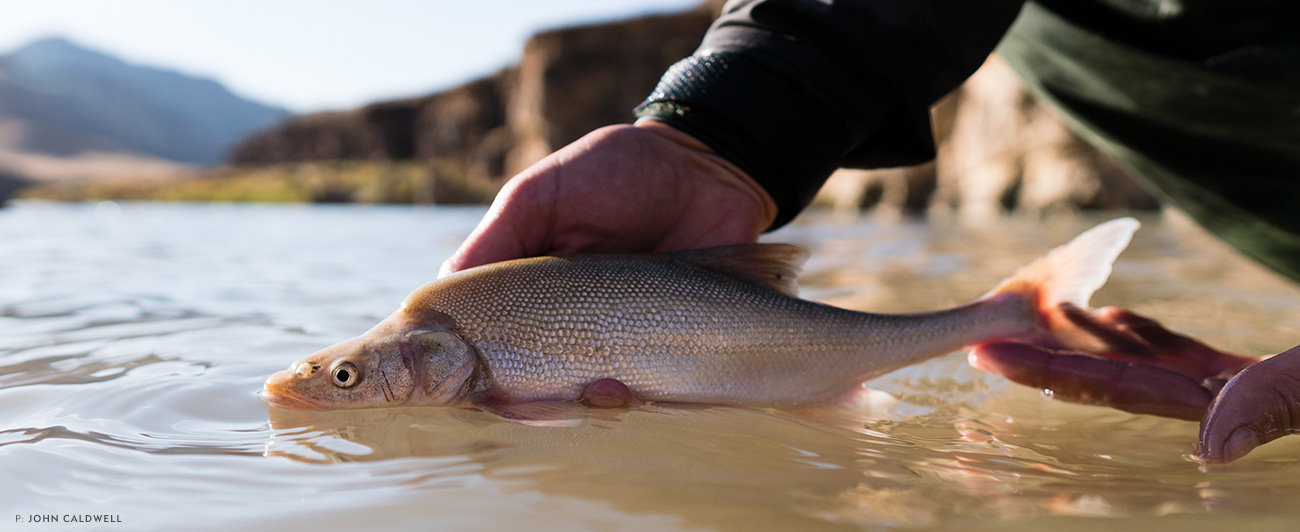Conservation
Law Of The River
The Colorado River Compact and its Legacy
Bulldozers sit on the shore of Lake Powell, having worked to extend the boat launch. I don’t envy my wife’s uncle as he backs his 20-foot fishing boat down the 300-yard dirt ramp. It’s a family trip to the lake, and we’re staying at what was once a lakeside hotel in Bullfrog, UT. The view from our rooms is now rock, with just a sliver of blue water visible several hundred yards from where we sit.
Bathtub rings of various shades of white and red line the entirety of the second-largest reservoir in the Colorado River Basin, and in the United States. As we cruise the lake in search of a promising striped bass spot, I gaze up at the top of the rings, 60 feet overhead. They’re a reminder of both the immensity of this lake and its currently desperate situation.
Studying tree-ring data going back 500 years, scientists have found that the last 20 have been the driest on record in the arid American West. Throughout the last two decades, the amount of water on reserve in the Colorado River Basin has continued to drop. Experts explaining the problem to laypeople like me invariably bring up the savings account analogy. The 90 or so reservoirs of the basin are like a savings account, with reserves to be made available for future domestic, agricultural and industrial use. Years of excess water fill the reservoirs, providing a balance from which to draw. The problem is for the last 20-plus years we’ve been removing a lot more water from the account than we’ve been putting in, and we’re coming dangerously close to an overdraft. The already arid climate west of the 100th meridian is becoming more so, while at the same time people and industry flock in, placing increasing stress on a diminishing supply…
